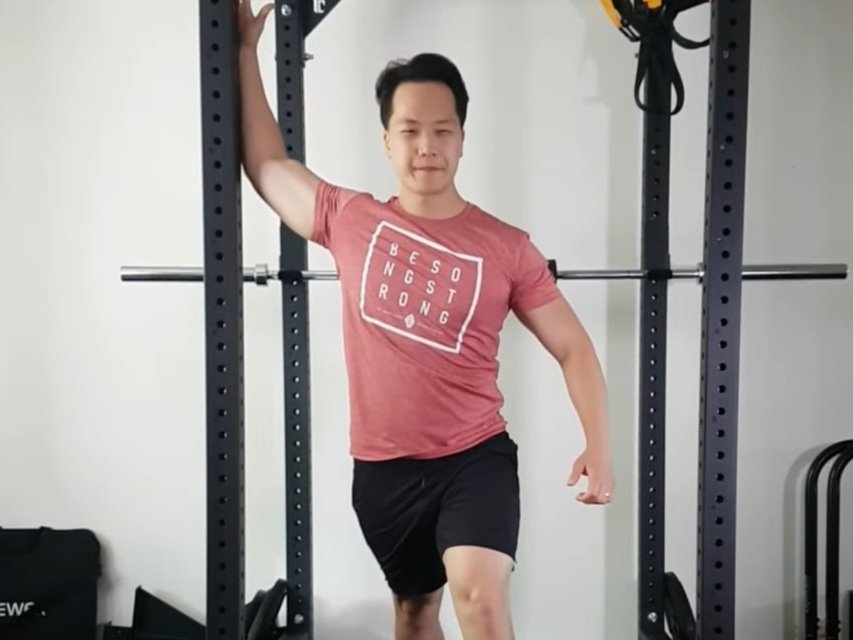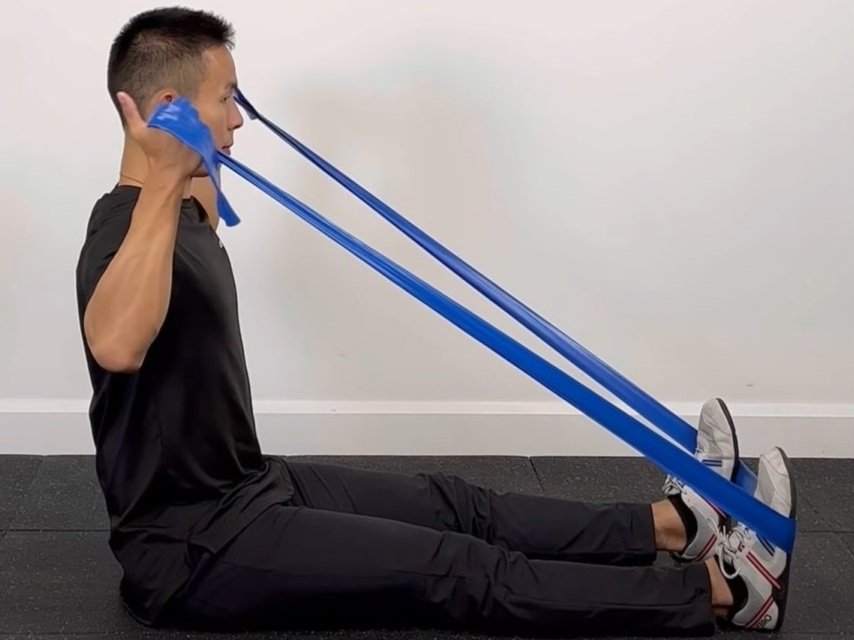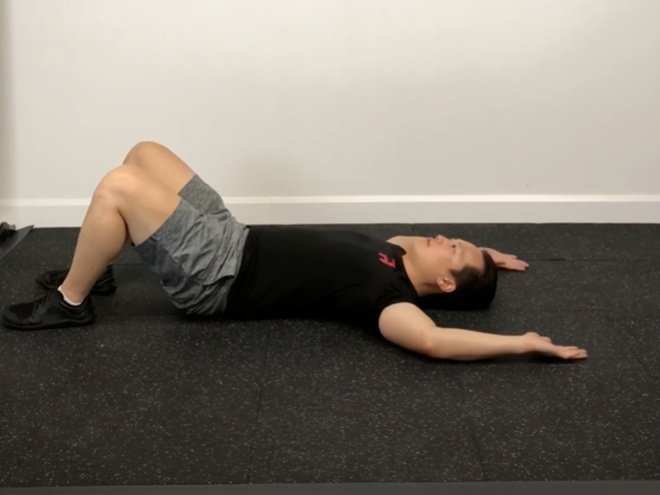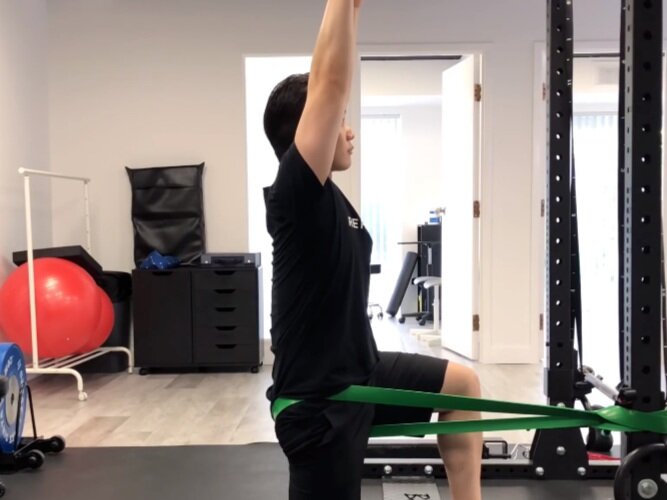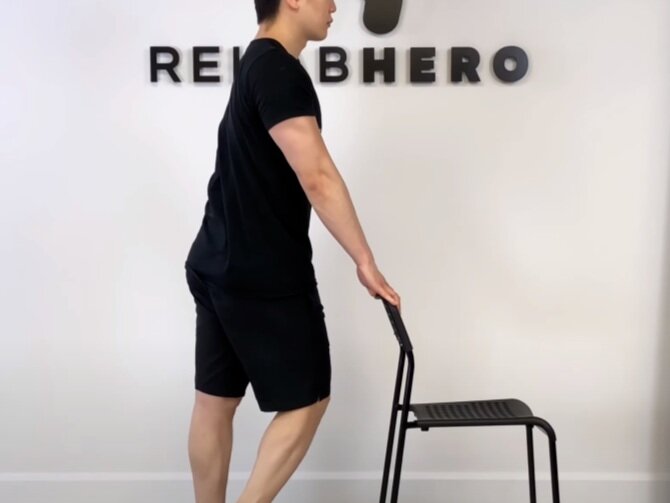Does Posture Matter?
5 Myths About Posture & Pain
HOW THEY MAY OR MAY NOT BE RELATED TO WHAT YOU DO AND FEEL
Before we dive deep into posture and whether or not it is related to pain and dysfunction, we first need to know why we need to look at it in the first place. Every day more and more people are becoming concerned about their posture especially during the Covid-19 pandemic due to working from home policies. It goes without saying that many people have been experiencing neck pain, headaches, upper back and shoulder aches due to the increased screen time and decreased overall activity levels associated with working from home.
I wanted to talk about posture today because there are a lot of misconceptions surrounding this topic, and whether or not it is related to your pain or discomfort. Before we are able to discuss this topic any further, we have to first define what posture is.
What is Posture?
Plainly said posture refers to the body’s position in space. It is the alignment of body parts in relation to each other, and is influenced by joint in the body at any given point in time. It is influenced by the muscular, skeletal, fascial and neurological systems. Posture requires unconscious effort to maintain and is a reflection of your body’s status quo. In this regard it is your passive ability to maintain a certain position
Postural control refers to the ability to resist gravity and to maintain postural alignment. This is conscious in nature and is required for postural stabilization during dynamic movements and for recovery following perturbations or balance disturbances. Postural control is akin to proprioception - the collective perception of your body’s position in space determined by joint angles, muscle tensions, and neurological reflexes. In this regard it is your active ability to maintain a certain position.
Today’s blog post will focus on posture and not postural control.
Common Myths About Posture
There are a lot of myths that need to be put to rest surrounding the topic of posture. Check out this video that I did with Dr. Tom Walters for Business Insider.
Now let’s go over some of the myths regarding posture.
Myth #1: Good posture means standing or sitting up straight.
This is a myth that was rooted in early biomechanics research and sadly still persists to this day. Originally it was thought that good posture is the position that aligns the body with the gravity line - an imaginary line that is completely vertical to the floor. This was thought to be a good posture because early theorists believed that you could reduce the body’s mechanical stress if you lined up perfectly with the gravity line (just like a tower or tall building). These theorists believed that this led to efficient loading of the body’s muscles and joints and therefore to reduced postural pain. Well… it turns out that the body is fairly complex! The problem with this theory is that it ignores other factors associated with pain and reduces all issues to a biomechanical problem.
This is the reason why you can still experience aches and pains even if you maintain ‘good posture’ and how those with ‘bad posture’ can sometimes not have any pain at all. What matters most is your ability to give your body a break from whatever it is that you are doing. This may include changing sitting positions, getting up and walking around, or doing a quick mobility routine before starting back up again.
Myth #2: Stretching will give you a good posture.
Although stretching can feel great and give your body some much needed activity and range of motion, it may not improve your posture. Why? Well as mentioned earlier, your posture is a reflection of all things happening at your joints, muscles and nerves. Stretching only improves muscular and fascial flexibility but does not necessarily change postural control. There are some instances where stretching can help to improve posture - but only in cases where it was deemed that muscular tension was the sole reason for the posture held (ie. muscular contractures).
As mentioned earlier if the goal is to reduce pain, doing stretches can help as it changes up your body’s position. So if you want to stretch, then stretch! Just understand that it may not alter your posture (even if it does reduce aches and pains).
Myth #3: Body braces will fix your posture.
Body braces can be useful for offloading the body’s mechanical stresses in the short term much like crutches can for a broken foot. However it should not be used long term as it may lead to deconditioning of the muscles responsible for holding your body up. This means long term use may actually cause more harm than good as you may develop a reliance on the body brace to maintain and upright posture.
Braces can be used to open up a window of time where you can move pain free. This window of time can be used to strengthen the body so that it can better handle the stresses you put on it. De-loading the body with a brace can be a good idea, but only if you plan to load it back up in a progressive and structured program.
Myth #4: Sitting at a desk all day will give you bad posture.
No activity or exercise is inherently bad, the poison is in the dose. The dose refers to the amount of time held in a static position or the frequency you do it. With regards to sitting it will be important to give your body a break by changing positions or by getting up and moving around. Your body will adapt a posture that is most efficient to the average activity that it is doing. So in this respect, yes your posture may begin to change. Is this bad? Not necessarily.
Just as having good posture is poorly defined, having bad posture is just as poorly defined. If bad posture is a posture that will produce pain then no - sitting all day won’t give you ‘bad posture’. If bad posture is a posture that moves away from the gravity line and is aesthetically unpleasant - then yes sitting down all day may lead to ‘bad posture’. It all depends on how you define bad posture and what your goals are. Once again, so long as you give your body a break you can reduce the amount of aches and pains you experience, and even reverse the change to your posture.
Myth #5: Your body needs to be symmetrical.
NOPE. Well let me reframe that - it depends on your goals. Once again, if we are talking about symmetry for the purposes of reducing pain then no, symmetry may not be important. Anatomical variance is huge even within your own body. Just take a look in the mirror and observe the differences you have within your face. Or look at your hands and look at how your muscles have hypertrophied in the dominant hand vs non-dominant hand. Asymmetry is NORMAL and COMMON and sometimes is a positive adaptation.
Symmetry is important when it comes to bilateral movements that require both sides of the body to be aligned, things like the squat, deadlift, or bench press come to mind. However this is symmetry during movement not postural alignment.
Postural Exercises
Do you want to work on your posture anyways? Sure, there’s nothing against doing so - especially if it gives you more self confidence and is a form of exercise that gives your body a break from all of the computer work that you are doing. Here are some exercises:
Chin Tucks - This exercise focuses on the deep neck flexor of the neck called the Longus Colli. These help to build endurance in the neck on top of improving your posture. This improvement in endurance can help to reduce chronic neck pain.
2. Air Angels - This exercise targets the scapular retractors by using gravity as resistance. Even though there’s no weight being lifted this exercise is HARD. For this exercise you get out what you put in - it is an effort based exercise which means the more you try the harder it is. You will feel the muscles of the upper back and shoulders engage during this exercise.
3. PNF Chest Stretch - This stretch is used to target the muscles of the chest namely the Pectoralis Minor and Pectoralis Major. A Proprioceptive Neuromuscular Facilitation technique is used for improved long term results
Who can I see to improve my posture and pain?
You can seek out help from a massage therapist, physiotherapist, or chiropractor near you for help recovering from your chronic or acute pain. At Rehab Hero you can expect a comprehensive assessment to determine the root cause of your pain.
To book an appointment with a Rehab Hero therapist click the button below:
References
1. Cramer H, Mehling WE, Saha FJ, Dobos G, Lauche R. Postural awareness and its relation to pain: validation of an innovative instrument measuring awareness of body posture in patients with chronic pain. BMC Musculoskelet Disord. 2018;19(1):109. Published 2018 Apr 6. doi:10.1186/s12891-018-2031-9





